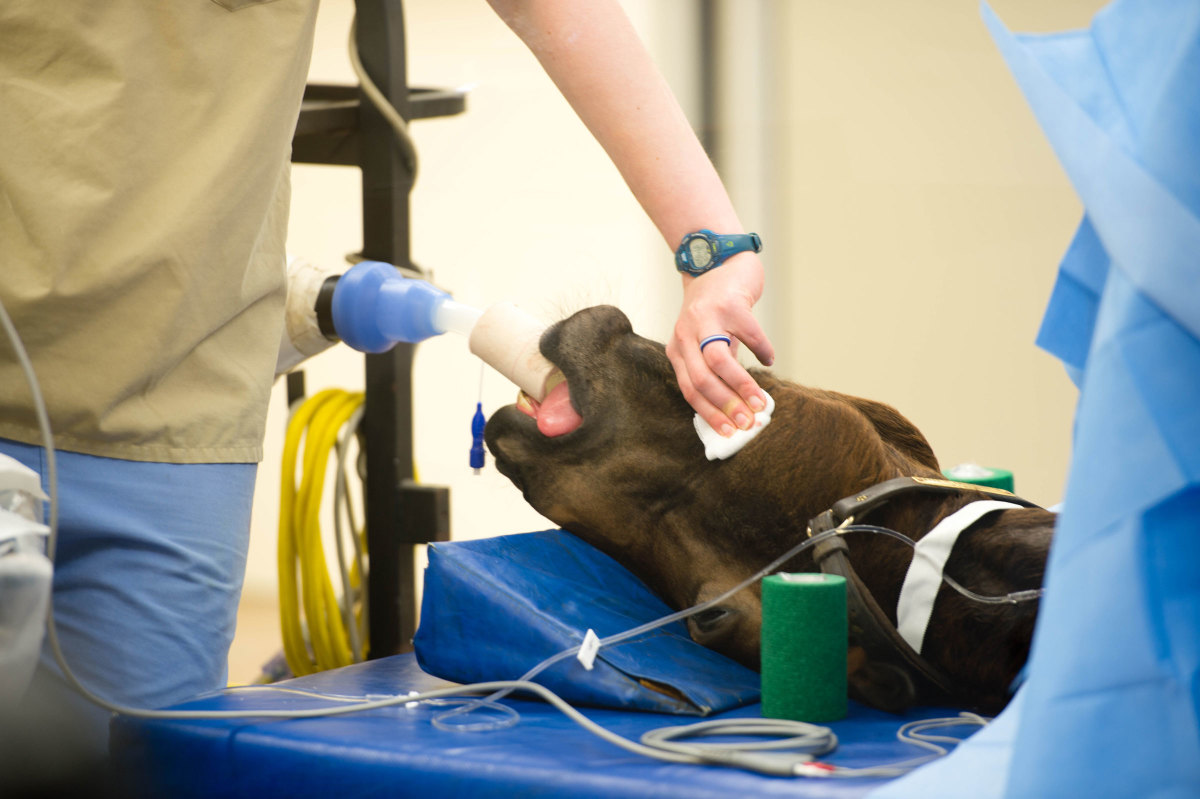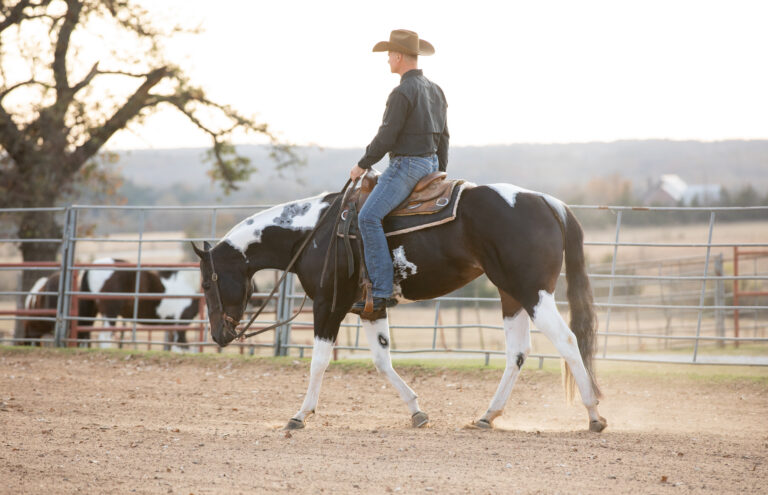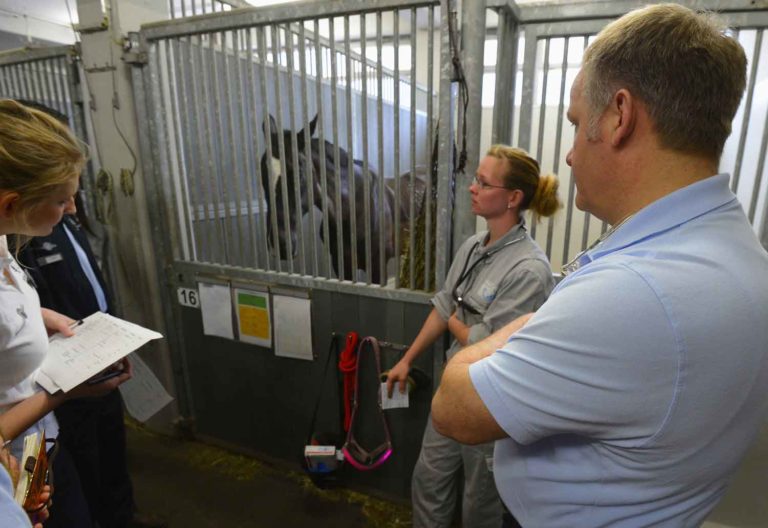
Laparoscopic removal of cryptorchid testes has been routinely reported through enlarged parainguinal incisions in dorsally recumbent horses; however, outcomes following removal through an extended umbilical incision have not been previously reported. This retrospective case series aimed to describe a surgical technique for the removal of cryptorchid testes through an enlarged umbilical portal following laparoscopic intra-abdominal castration in dorsal recumbency.
This recently published research article was titled “Removal of equine cryptorchid testes through an enlarged umbilical portal in dorsally recumbent horses after intra-abdominal laparoscopic castration” and wasauthored by C. J. Finley and A. T. Fischer Jr.
Seventy-nine horses presented for a laparoscopic cryptorchidectomy were included in the study; 68 horses were unilaterally cryptorchid (38 left, 30 right) and 11 horses were bilaterally cryptorchid. Cryptorchid testes were castrated by ligating loop application and/or electrosurgery. The umbilical portal incision was extended along the linea alba for testes removal. All descended testes were removed by routine closed castration with the scrotal incision left to heal by second intention. Perianaesthetic laboratory values, surgical procedure descriptions, surgery and anaesthesia times, and in-hospital perioperative complications were recorded.
Five horses (6%) had intra-operative complications: three required an additional hemostatic technique; one developed intra-abdominal hemorrhage from the left parainguinal incision, which resolved spontaneously; and one sustained a perforation of the large colon requiring conversion to a laparotomy.
Thirteen horses (15%) developed post-operative complications: two were anorexic and mildly pyrexic; four developed colic signs responsive to medical management; four horses developed a hemoabdomen, of which two resolved without treatment, one resolved with medical treatment, and one required standing laparoscopic electrocautery of the right spermatic cord; two horses developed an umbilical portal incisional infection, of which one resolved without treatment and one required opening and cleaning of the wound to resolve; and one horse was euthanized due to an inability to stand following anesthesia.
Bottom Line: The extended umbilical portal incision offers a comparable and successful alternative to extending the parainguinal incision for removal of the testis following laparoscopic castration and might avoid potential trauma to the surrounding musculature or vasculature of parainguinal incisions.
Access the complete article from the British Equine Veterinary Association (BEVA) online library on Wiley.com.

![[Aggregator] Downloaded image for imported item #18375](https://s3.amazonaws.com/wp-s3-equimanagement.com/wp-content/uploads/2025/09/30140031/EDCC-Unbranded-26-scaled-1-768x512.jpeg)
![[Aggregator] Downloaded image for imported item #18890](https://s3.amazonaws.com/wp-s3-equimanagement.com/wp-content/uploads/2025/11/17113845/EDCC-Unbranded-3-scaled-1-768x512.jpeg)

